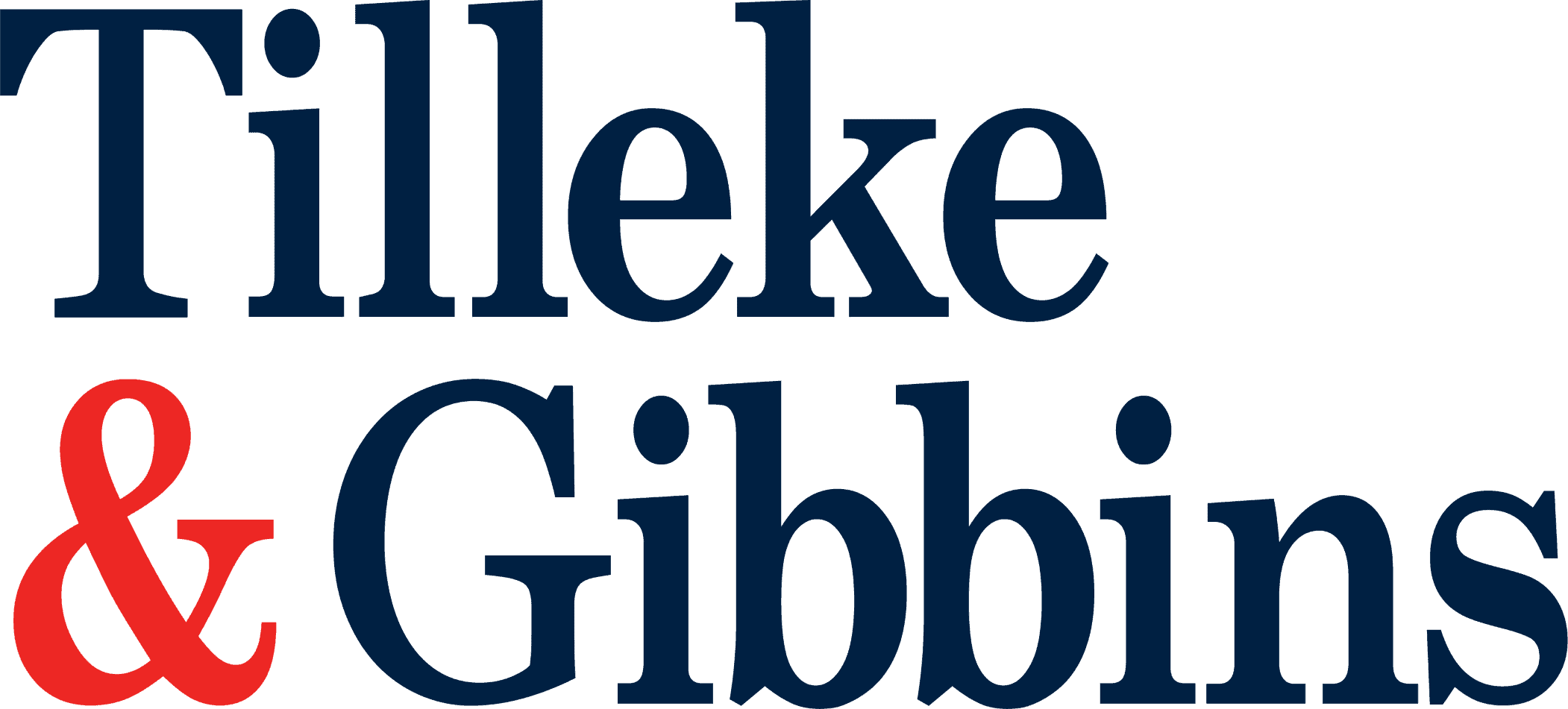
Free trade agreements (FTAs) provide a range of benefits to businesses. FTAs, which are agreed upon between two or more countries, allow companies in those countries to trade in certain goods with reduced or eliminated tariff rates. They can greatly reduce costs for businesses, and in turn, this allows companies to allocate more resources to other business functions such as research and development, marketing, and so on.
This article provides an overview of Thailand’s FTAs and the types of goods they apply to. In particular, the article discusses how businesses should operate in countries with FTAs.
Thailand’s FTAs
Under the laws and regulations of the World Trade Organization, Thailand has six separate FTAs with Australia, Chile, China, Japan, New Zealand, and Peru. As an ASEAN member country, Thailand also belongs to various regional FTAs, including an FTA among ASEAN member countries, and separate FTAs between ASEAN member countries and Australia, China, India, Japan, Korea, New Zealand.
ASEAN member countries are currently negotiating several FTAs and Regional Comprehensive Economic Partnerships to further reduce trading costs and encourage trade within ASEAN and between ASEAN and other countries.
FTAs between individual countries and FTAs that affect whole regions can overlap. If a company is operating in a country where multiple FTAs apply, and it is trading in certain goods designated in the FTAs, the company can select the most favorable tariff rate.
Requirements for the Application of FTA Tariff Rates
FTA tariff rates are applicable if goods which are traded between countries that belong to an FTA satisfy the following requirements:
The goods are covered by the FTA. FTA tariff rates can apply to any types of goods, as long as the goods are specifically included in an FTA. The goods are specified by a Harmonized System code—a widely recognized code to classify goods. Countries have discretion in classifying goods under Harmonized System codes, and therefore, it is common for the same good to have different classifications.
To determine whether an FTA applies to certain goods, a request for information can be made to Customs in the importing country or at the National Trade Repository of an ASEAN member country. The National Trade Repository has an informative database containing valuable regulatory information ranging from Harmonized System codes for goods to documents required when importing a product. Every ASEAN member country contributes to this database, which has increased transparency and improved the time it takes to search for laws and regulations. It can be accessed at the ASEAN Trade Repository website.
The goods originate from the exporting country. FTAs focus on the trade of goods that originate, or largely originate, from the exporting country. The specific goods mentioned in the FTA must be “Originating Goods,” a requirement which can be fulfilled in a number of ways.
To qualify as Originating Goods, a good can either be wholly obtained or produced from the exporting country, or produced exclusively from materials from the exporting country. In addition, a good can qualify if it is wholly or partially made of foreign materials, and it adheres to product-specific rules that are found in most FTAs, per any of the following:
- The end product has a different Harmonized System code than the foreign materials it is made of. The agreement specifies what part of the code must be different.
- The good has value added in the exporting country. FTAs normally have provisions on how to calculate this and what thresholds need to be met.
- The good has gone through a specific process stipulated in the FTA.
These definitions can be quite technical, and they can vary depending on the FTA. If a company is operating in a country with multiple FTAs, it is important to examine these definitions closely to see how trading costs may be reduced.
FTAs in Practice
Using an FTA for a company’s benefit can be illustrated with a practical example. Take a car factory in Thailand. The factory assembles a number of parts to form a final product, a car. In considering where to obtain the individual parts, FTAs are factored into the equation. Cherry picking the most advantageous FTA for each individual part can almost completely eliminate tariff costs.
The company could import exhaust pipes from Cambodia, which are covered by a regional ASEAN FTA that completely eliminates import tariffs to Thailand. Wheels are not covered by any FTAs, and so the company could purchase these locally to avoid importing costs. Any car electronics could be imported from Peru, as there is a Thailand-Peru FTA that greatly reduces tariffs for electronics imported from Peru.
Once all of these parts are assembled into a car, they constitute a new product and consequently the Harmonization Code changes. The car would qualify as an Originating Good from Thailand, under the requirements mentioned above. An FTA applicable to cars can now be used to export the car with limited or eliminated tariff costs from Thailand.
Reducing Costs Through FTAs
Companies should strive to operate their business in the most cost-effective way. Deciding on which countries parts and final products will be manufactured in, how to procure parts and materials, and how to distribute final products can have a lot of influence on the costs incurred by businesses. FTAs can go a long way toward reducing costs and maintaining a competitive edge.